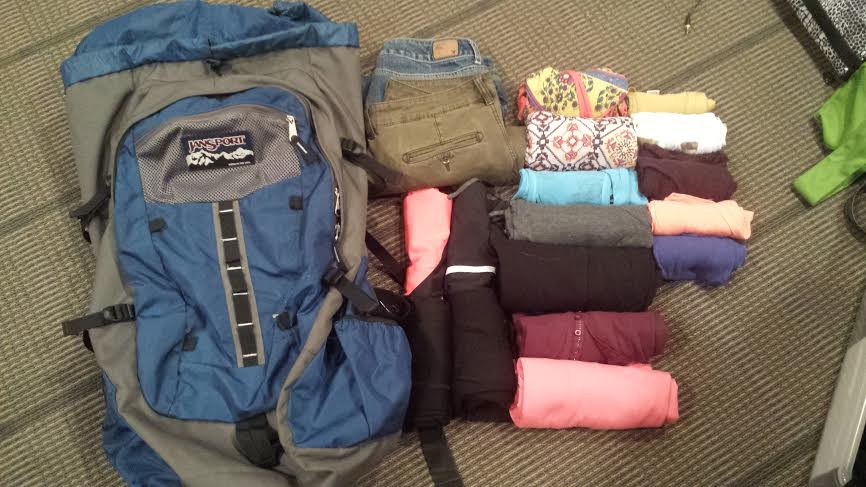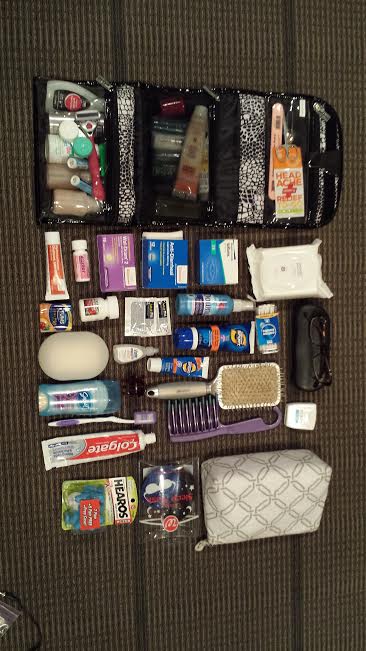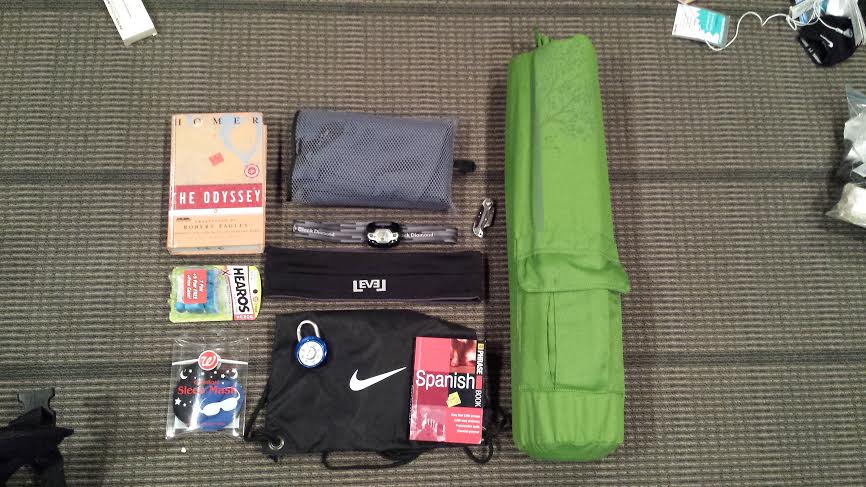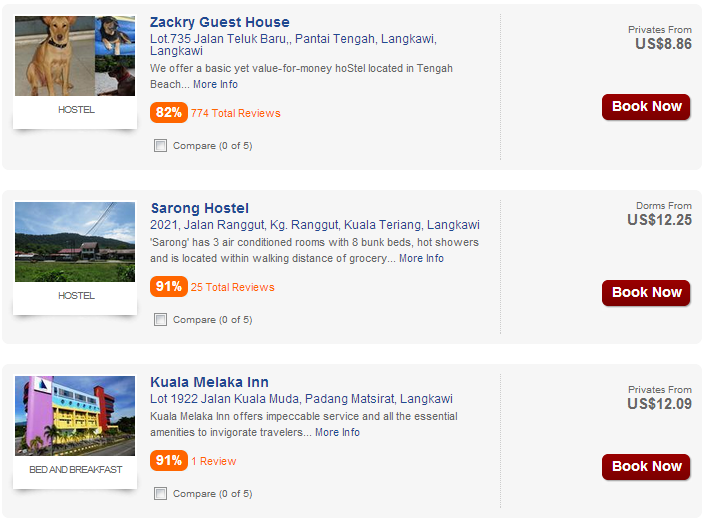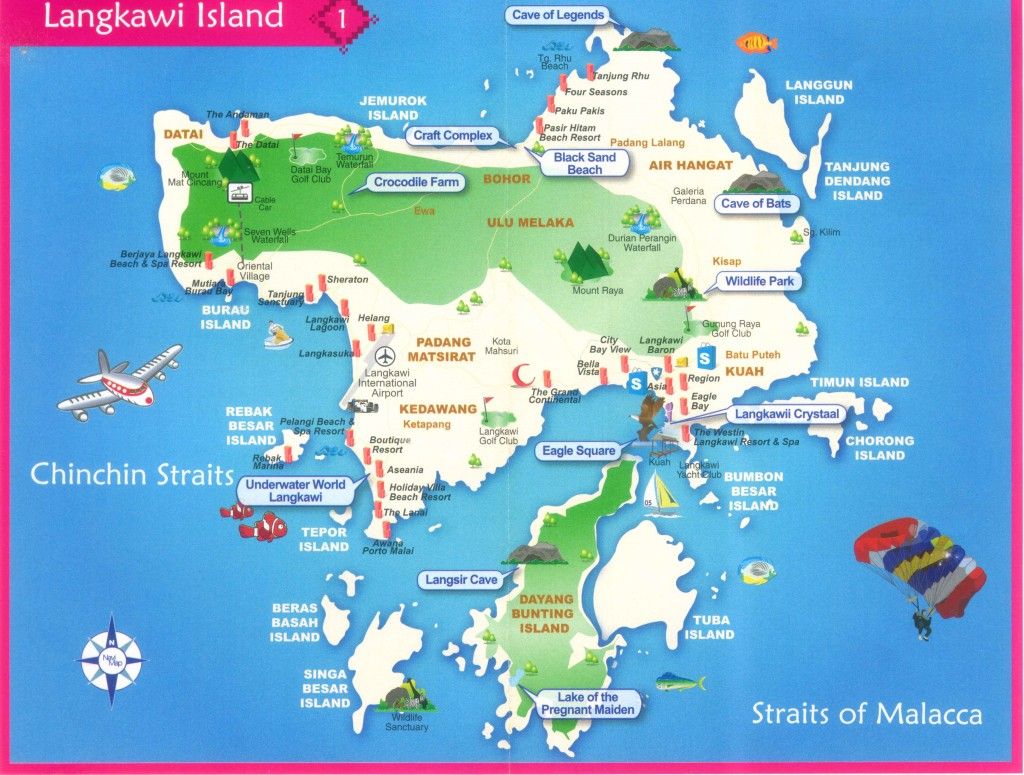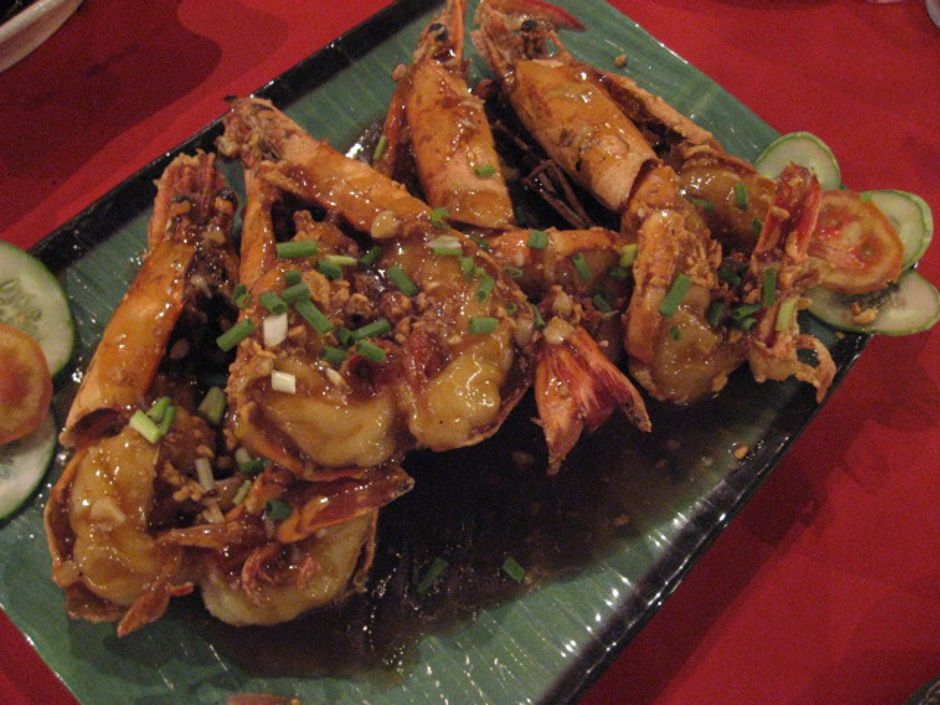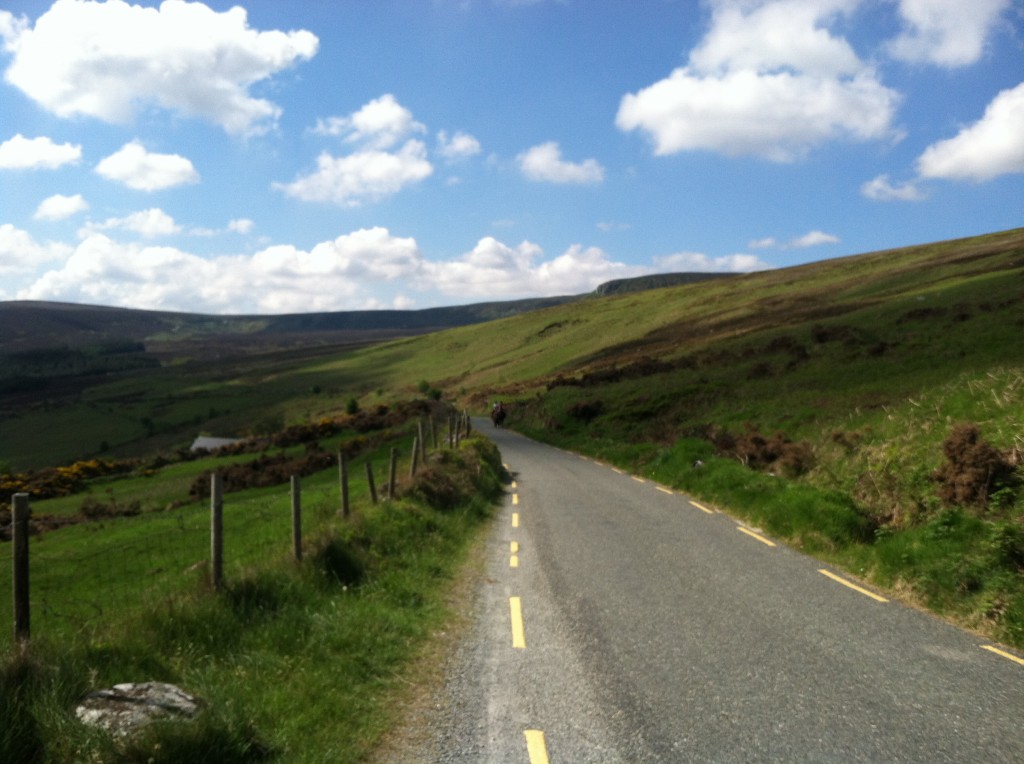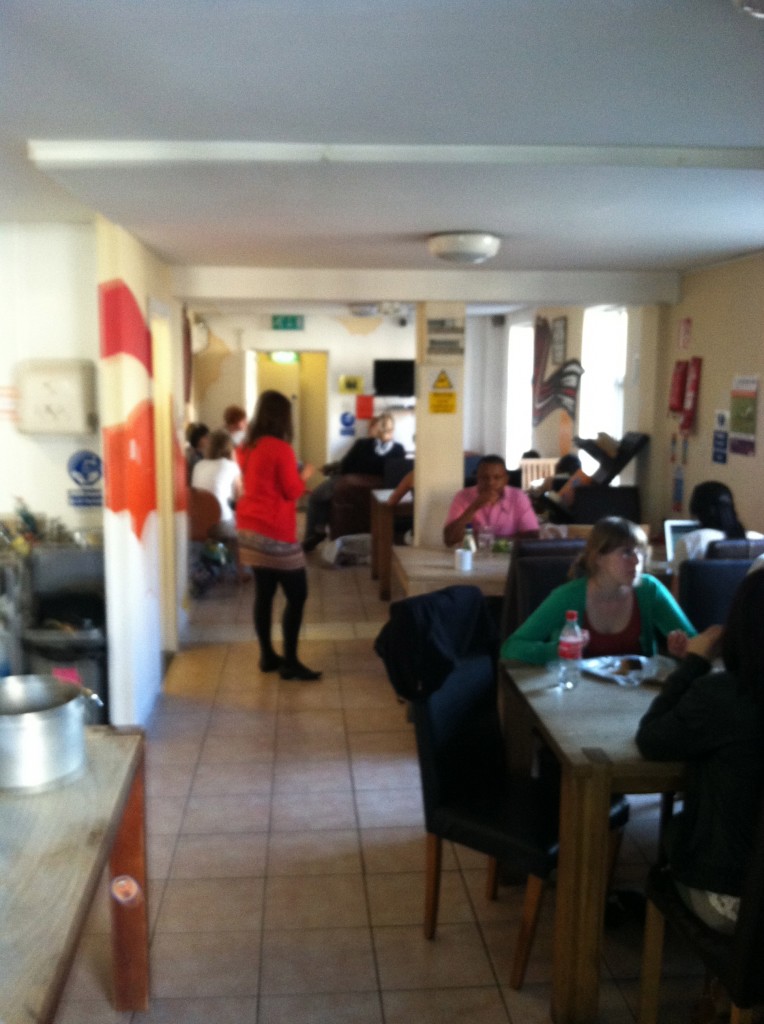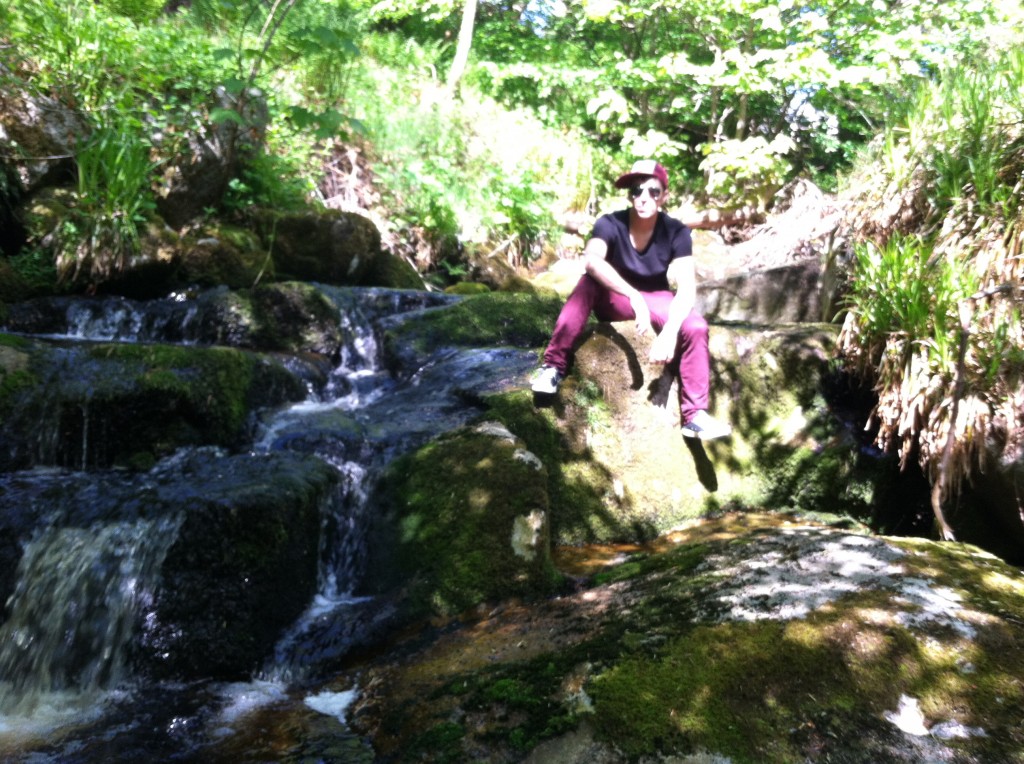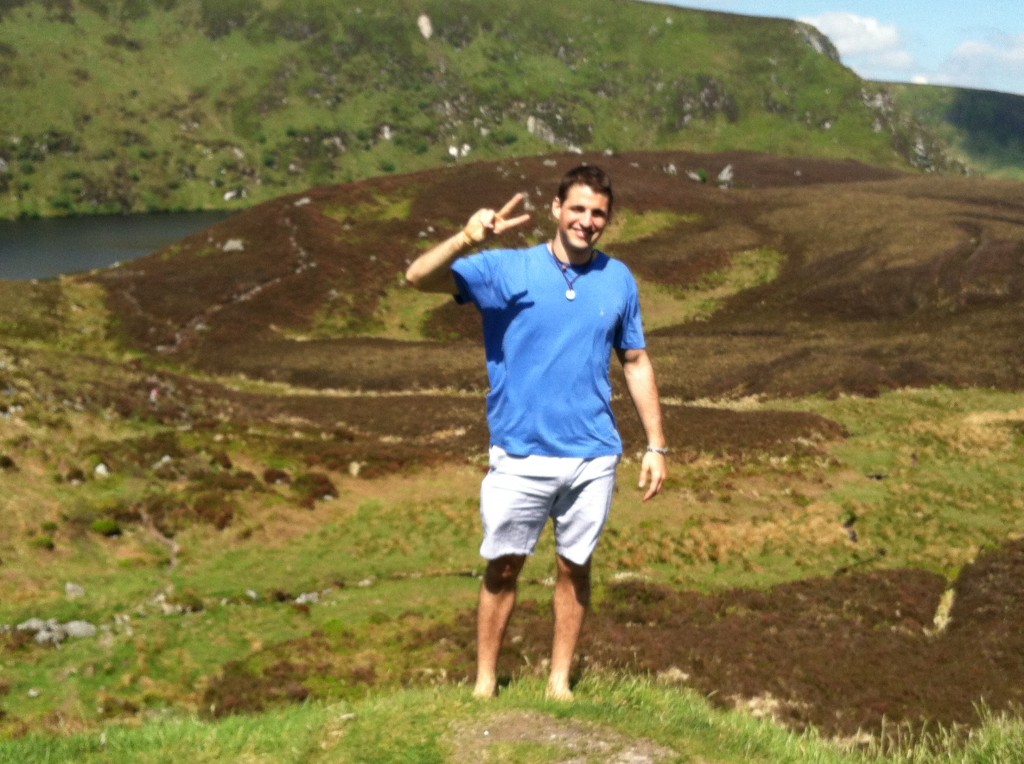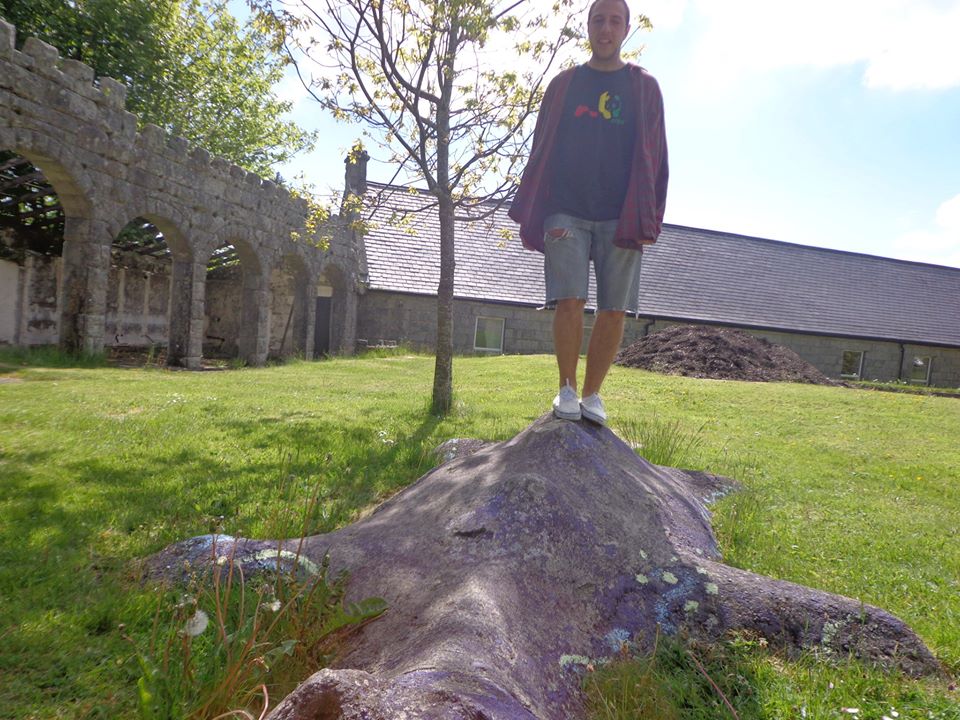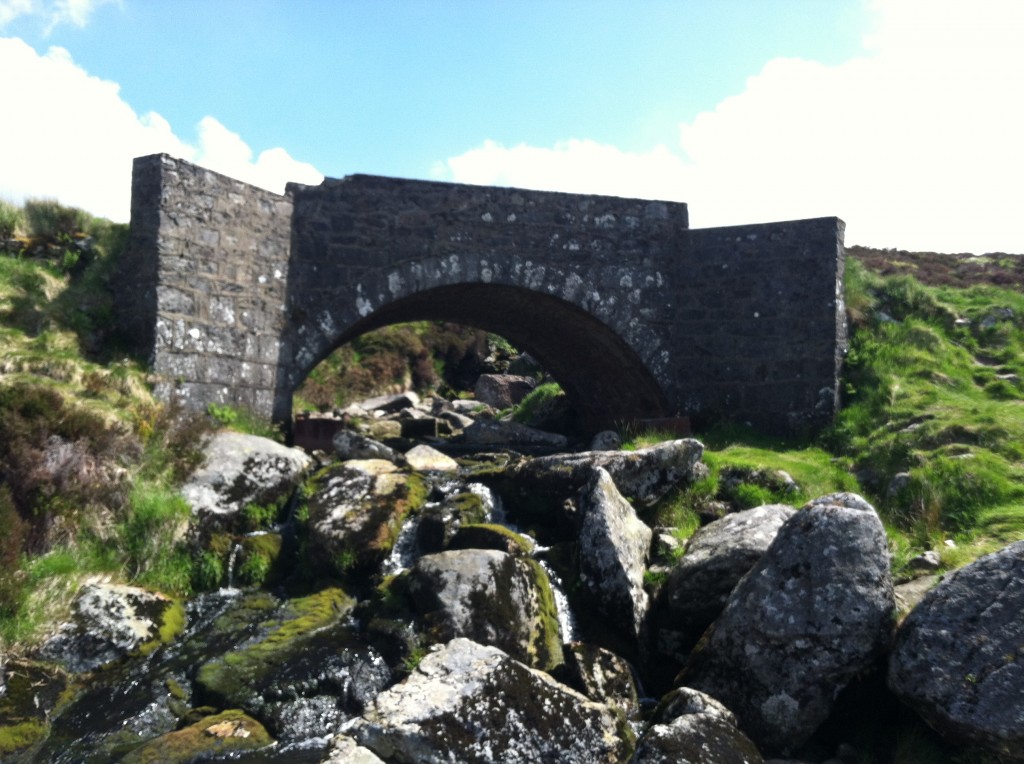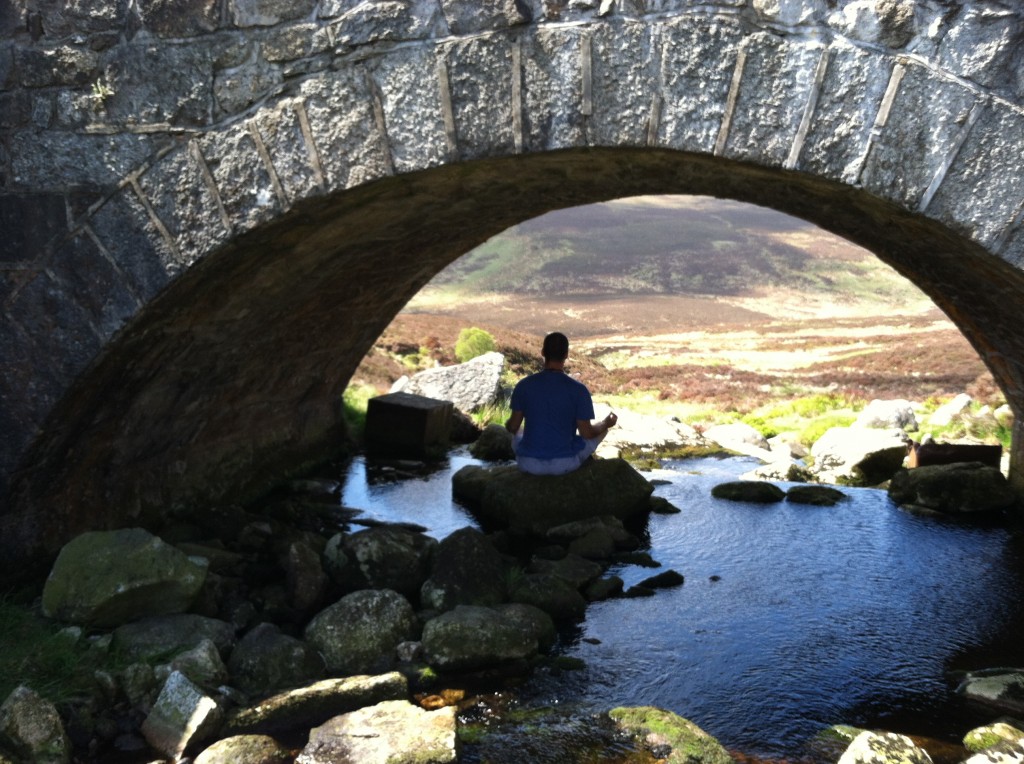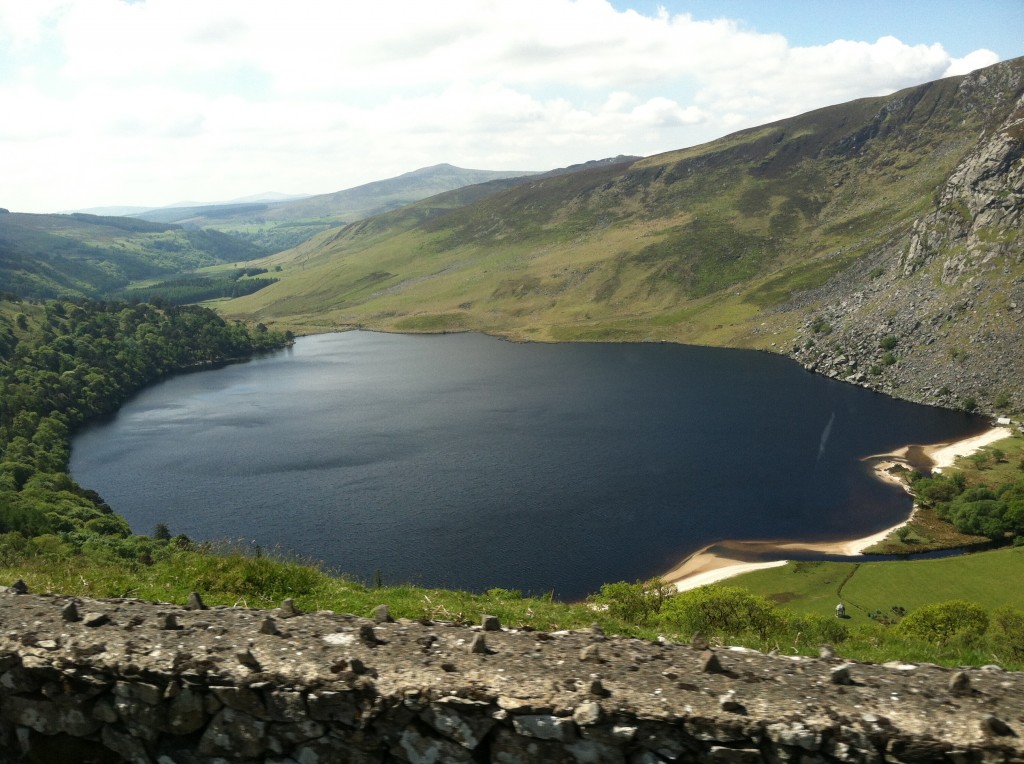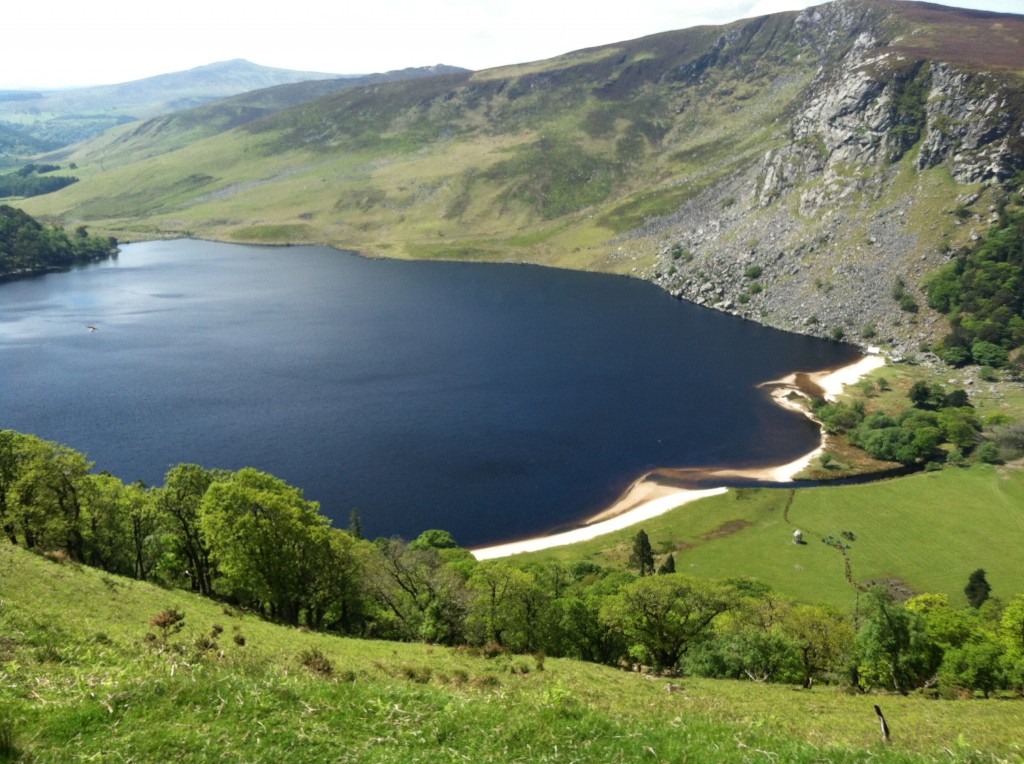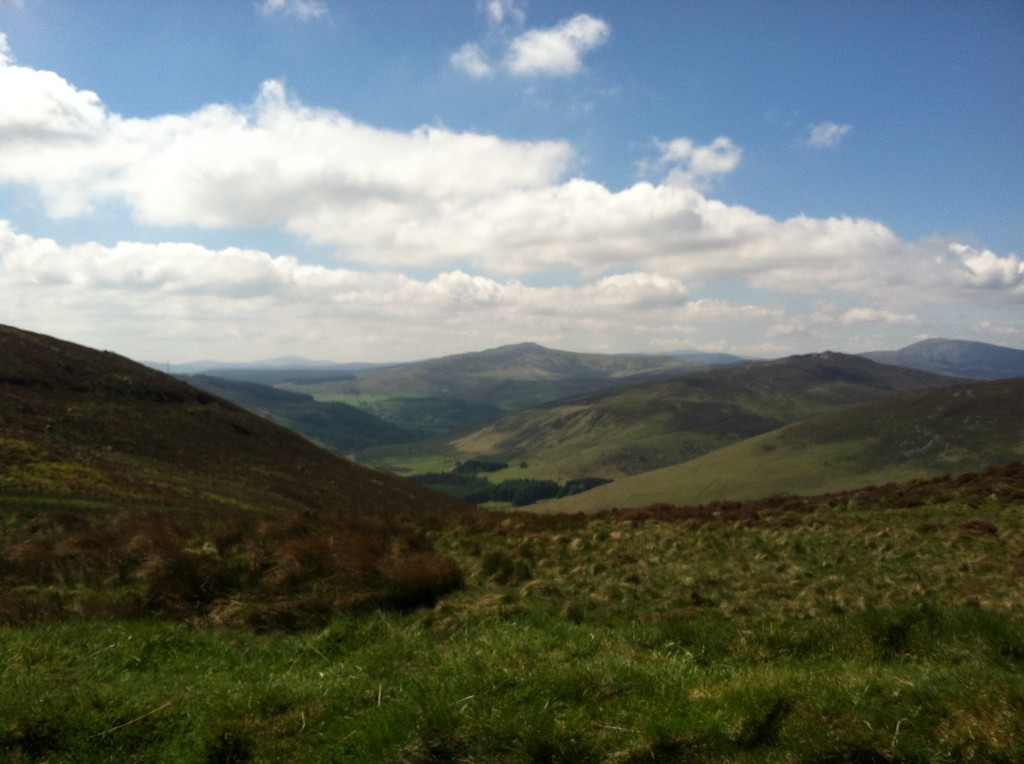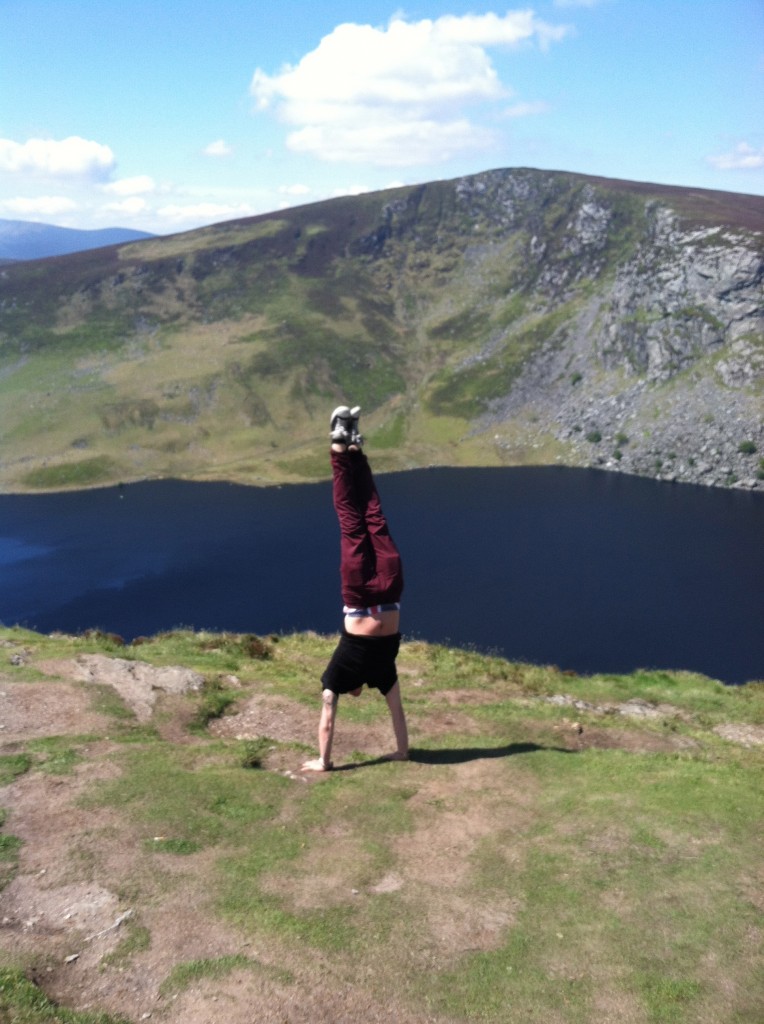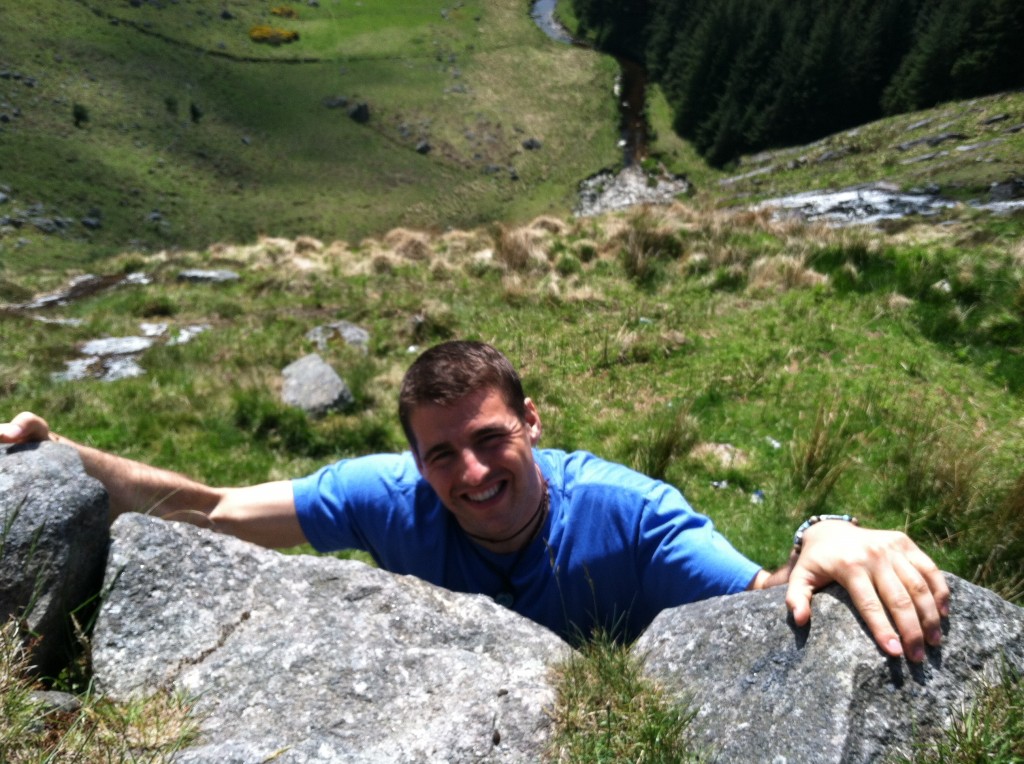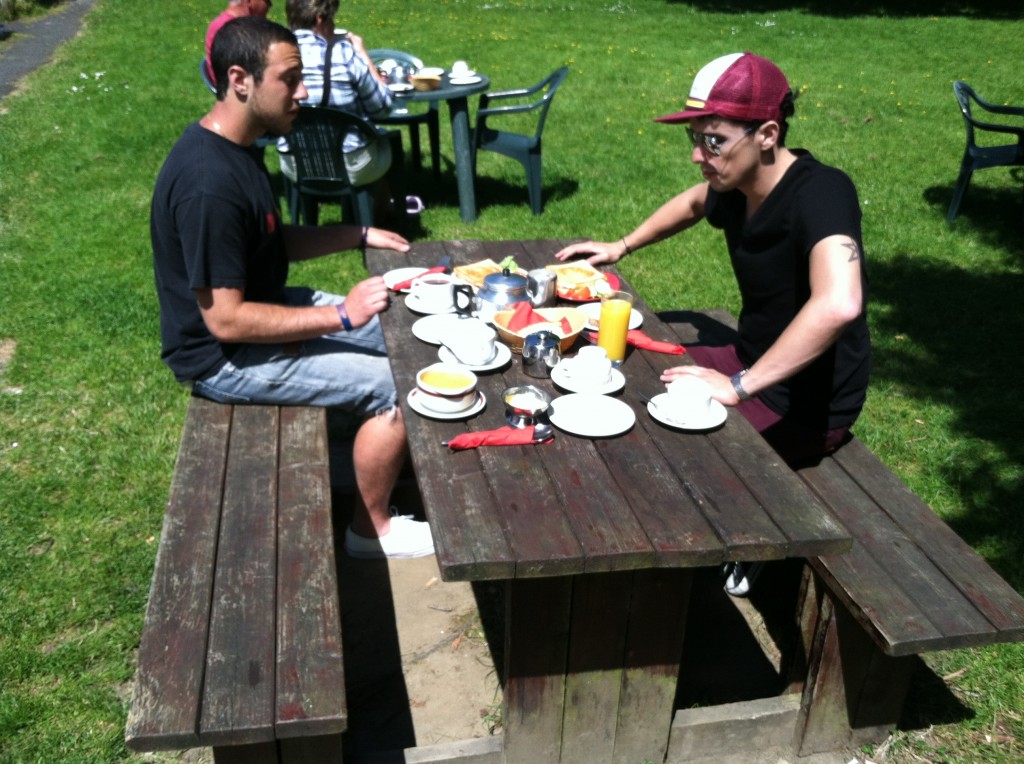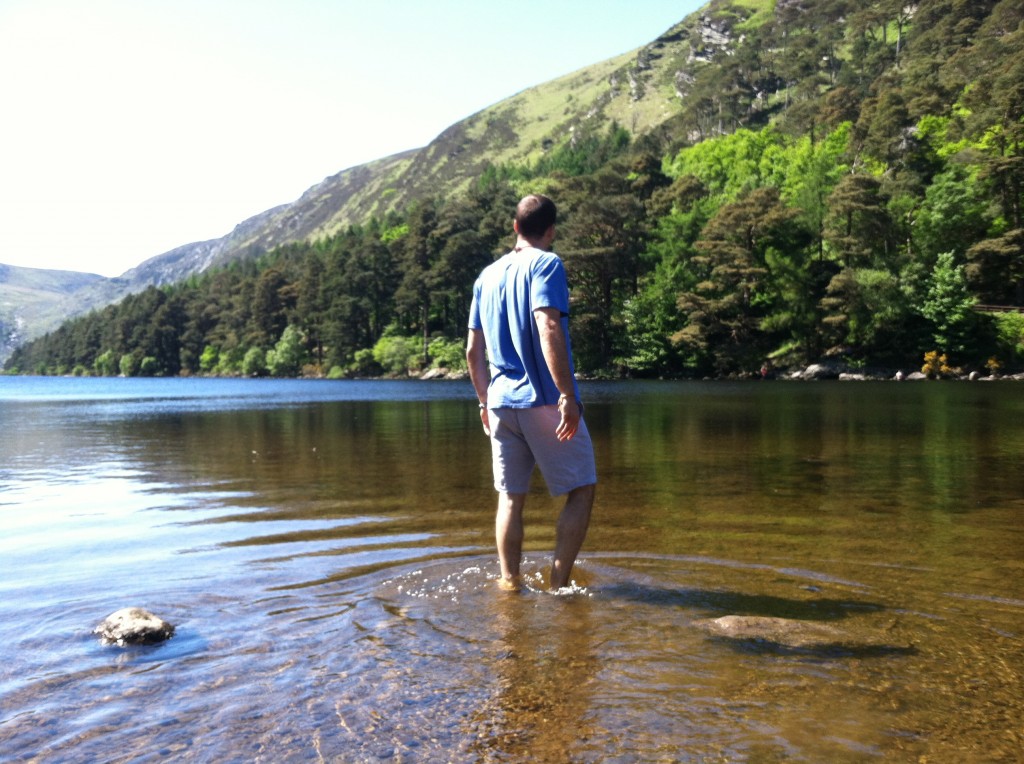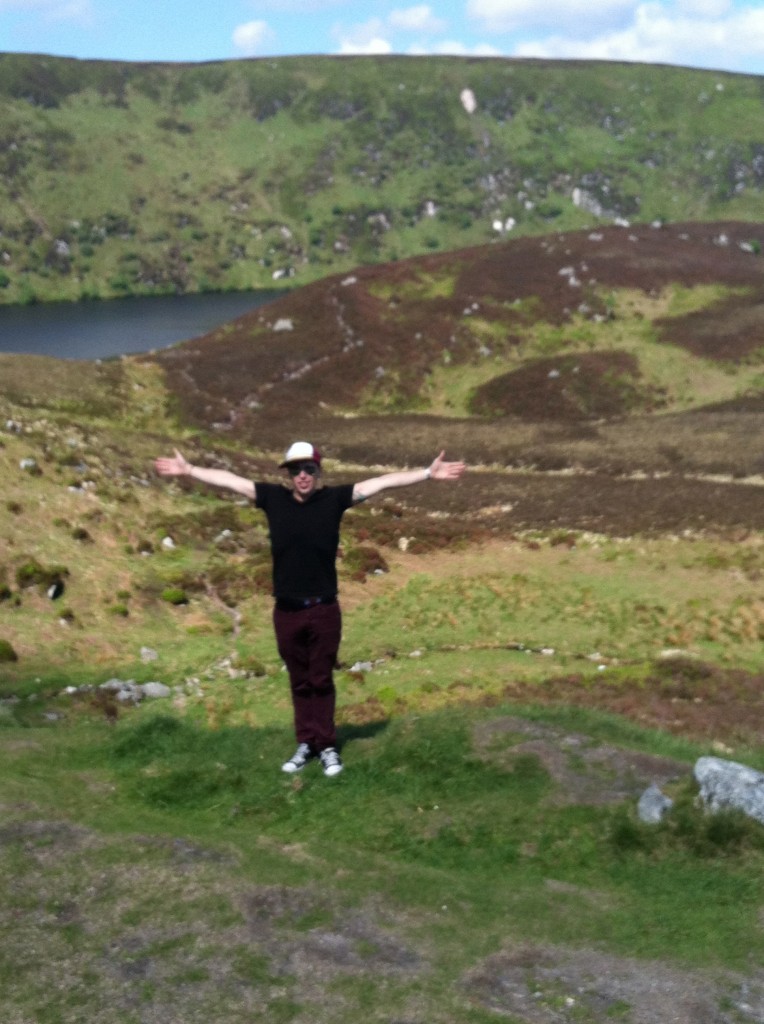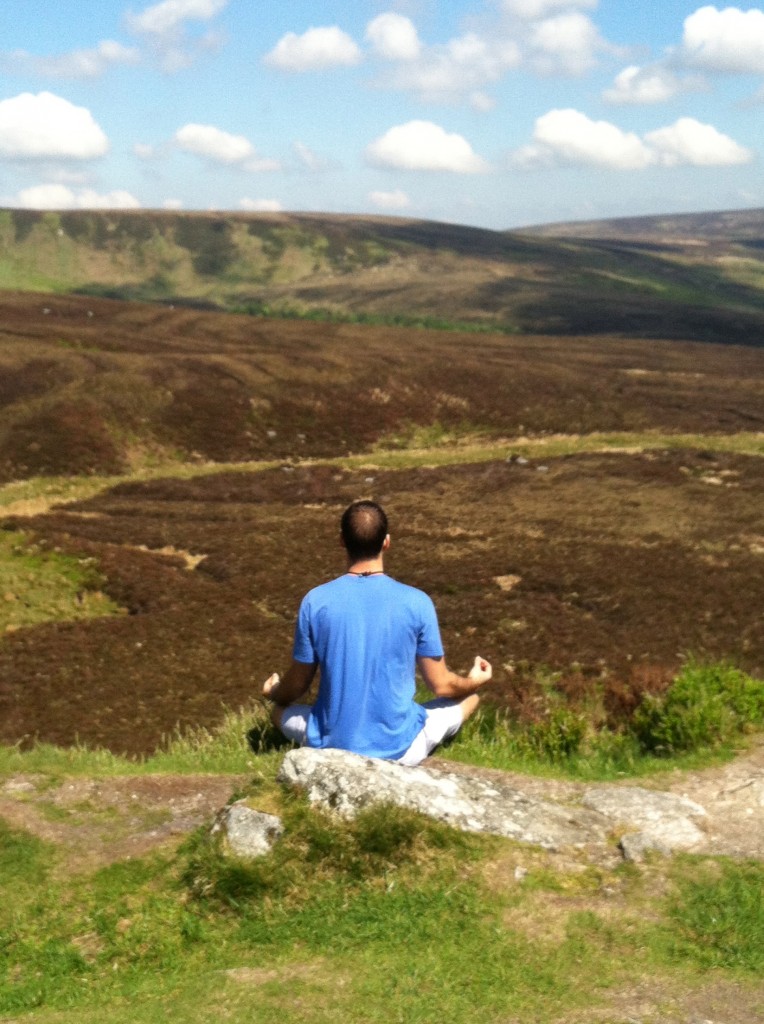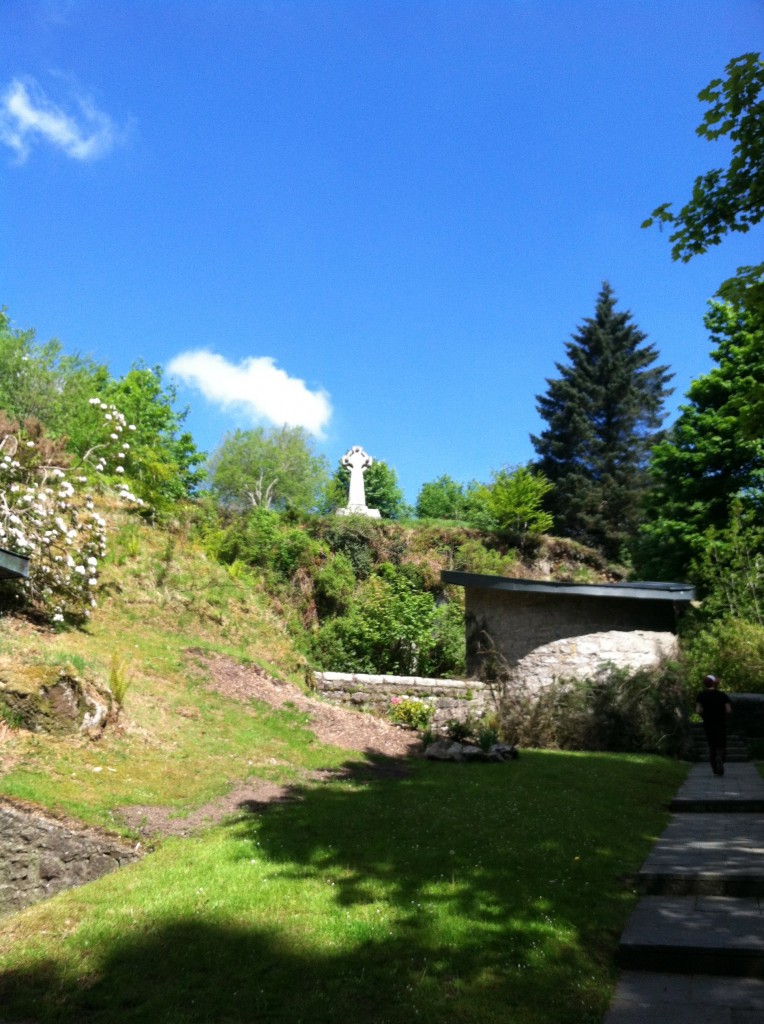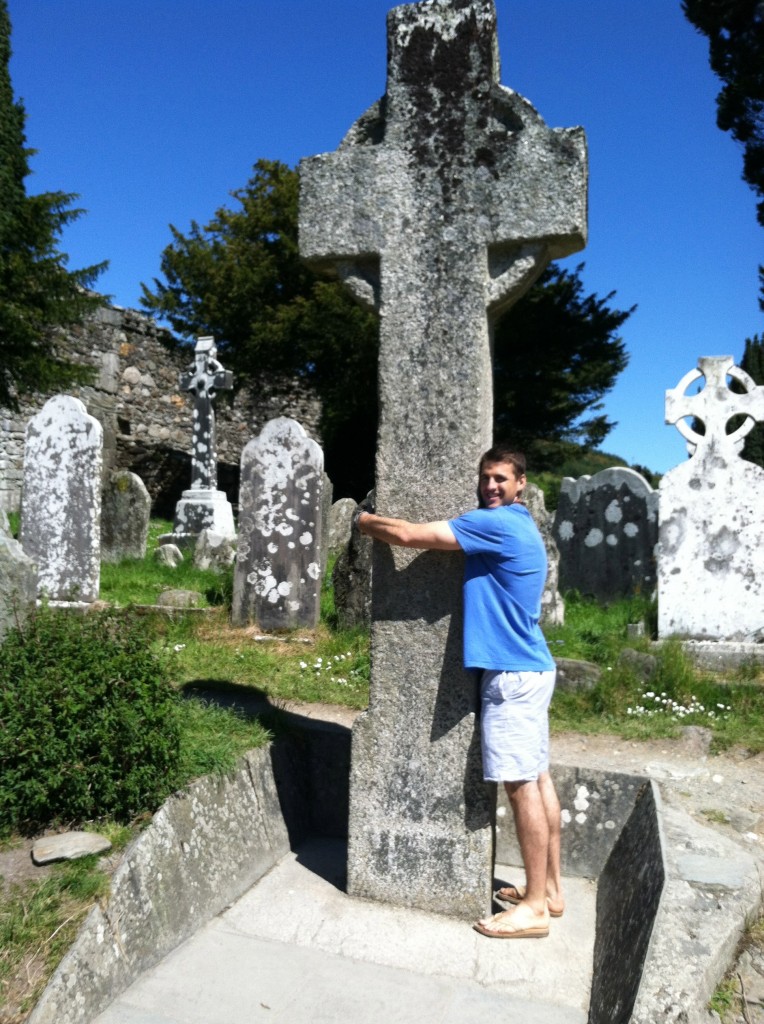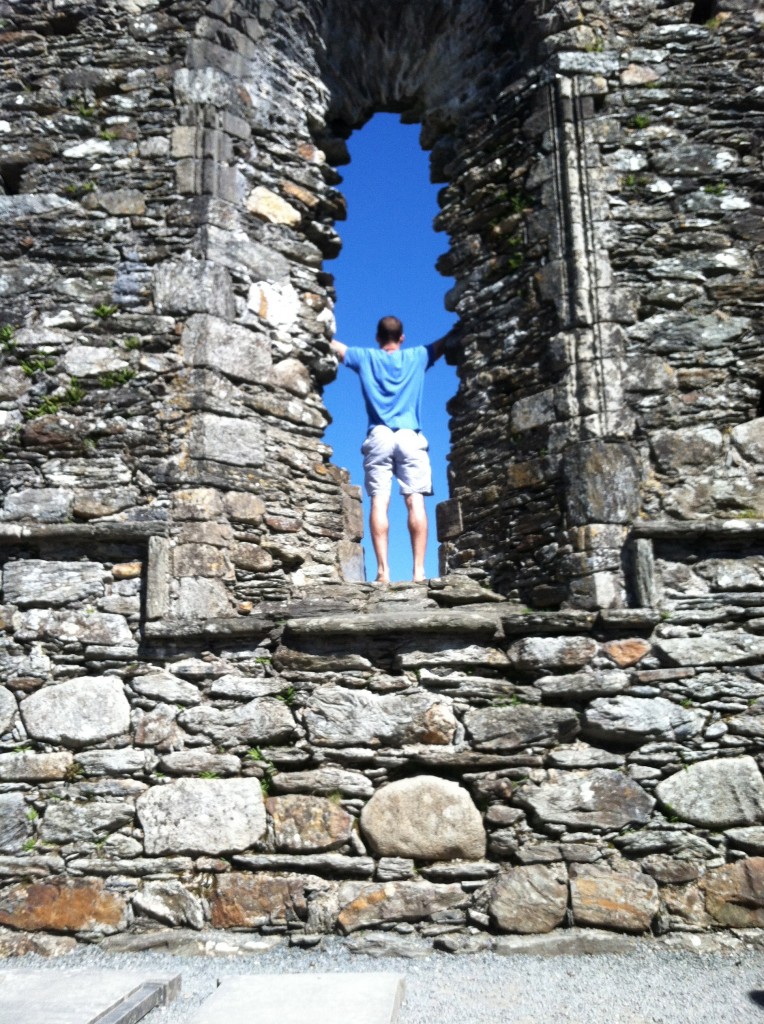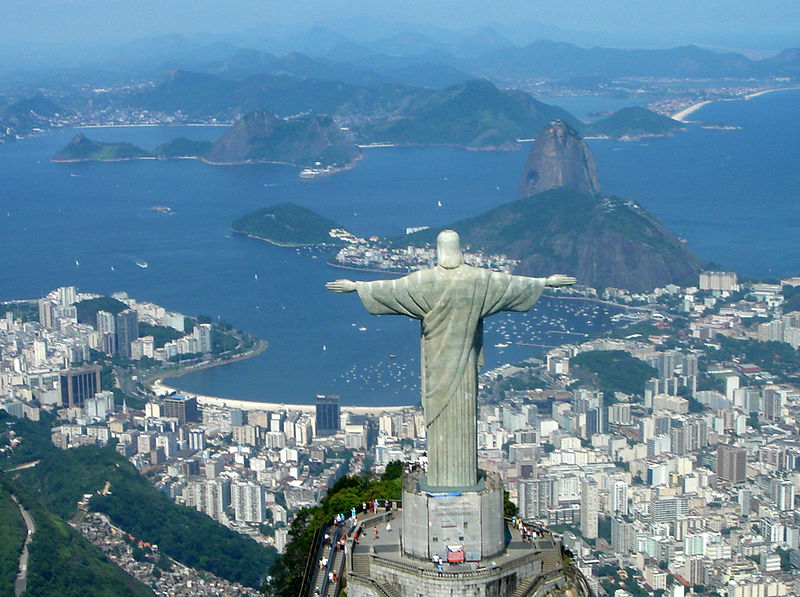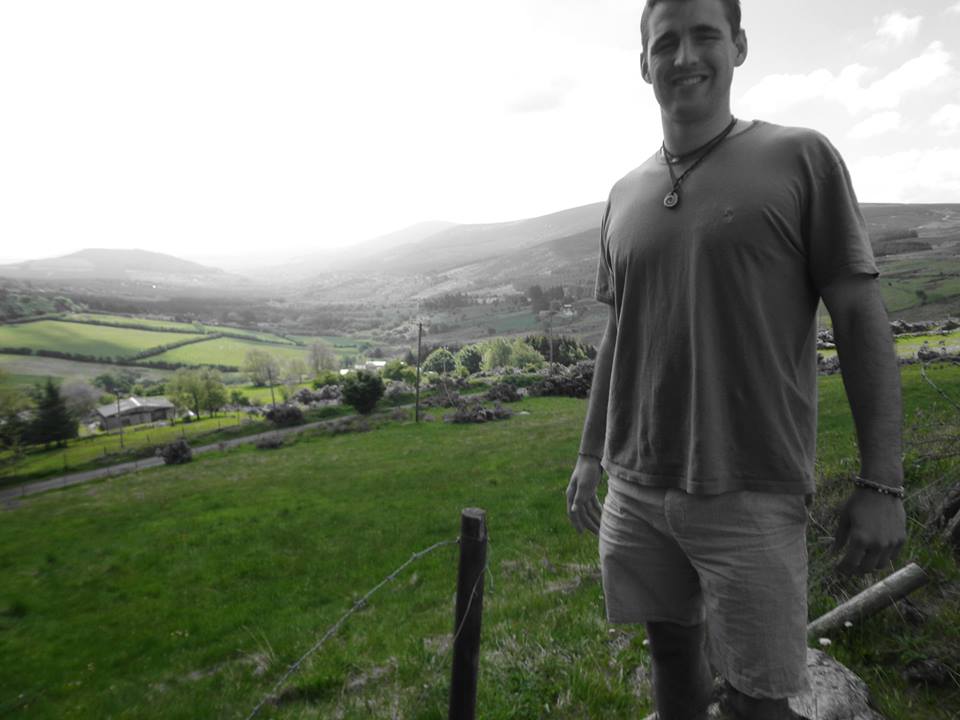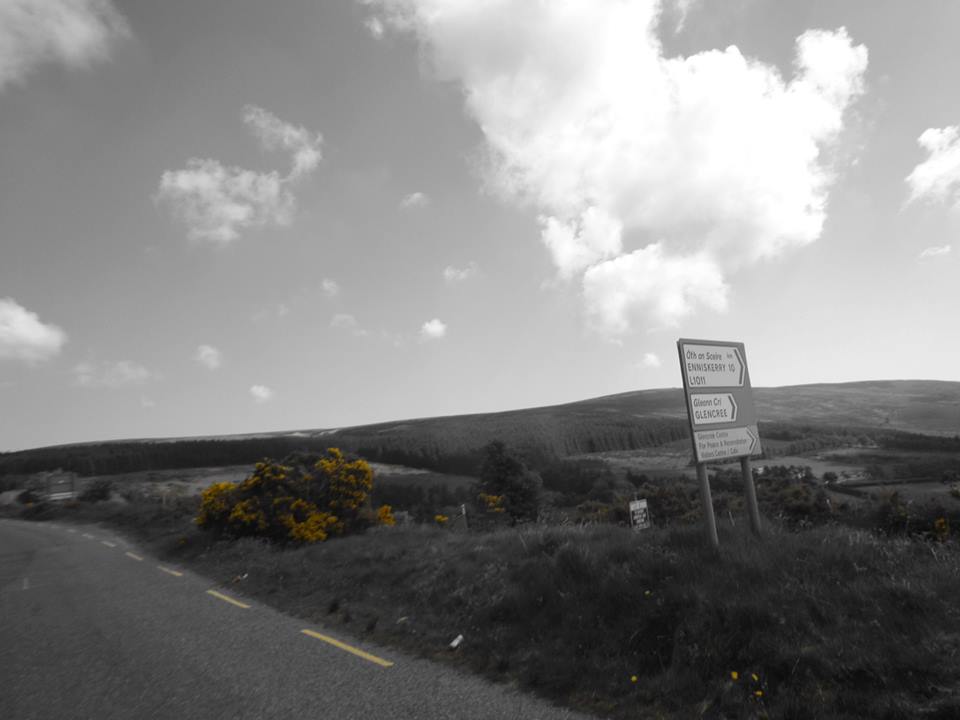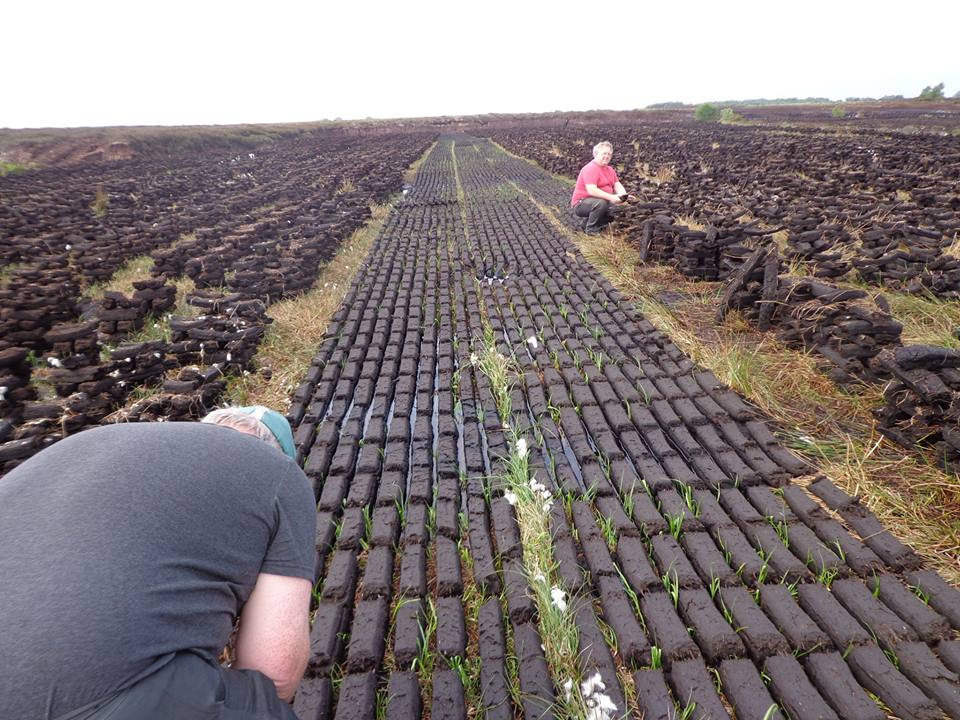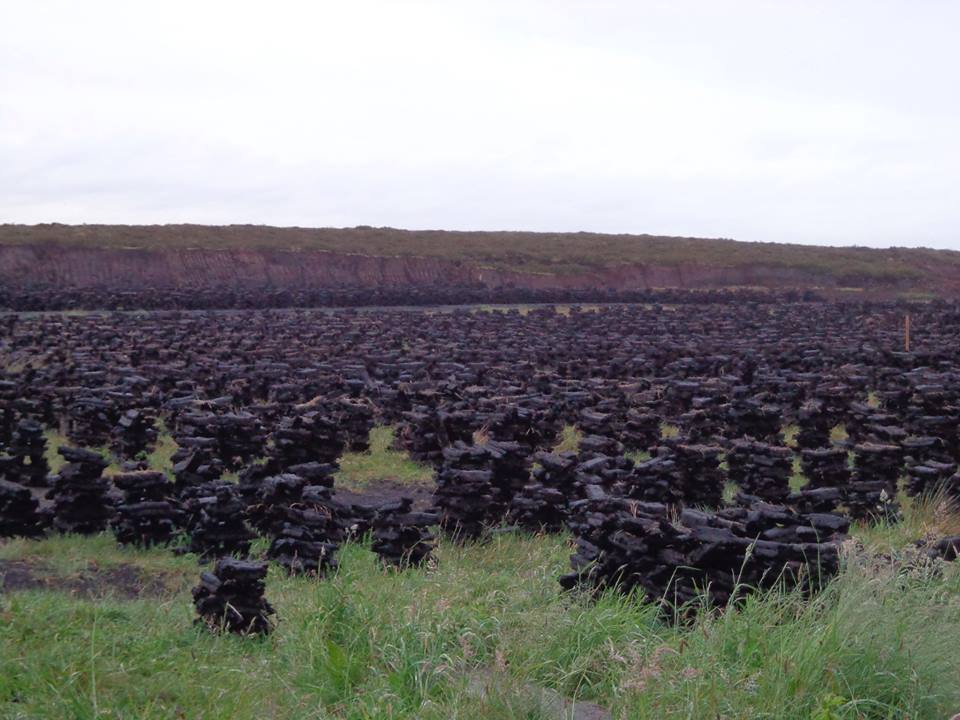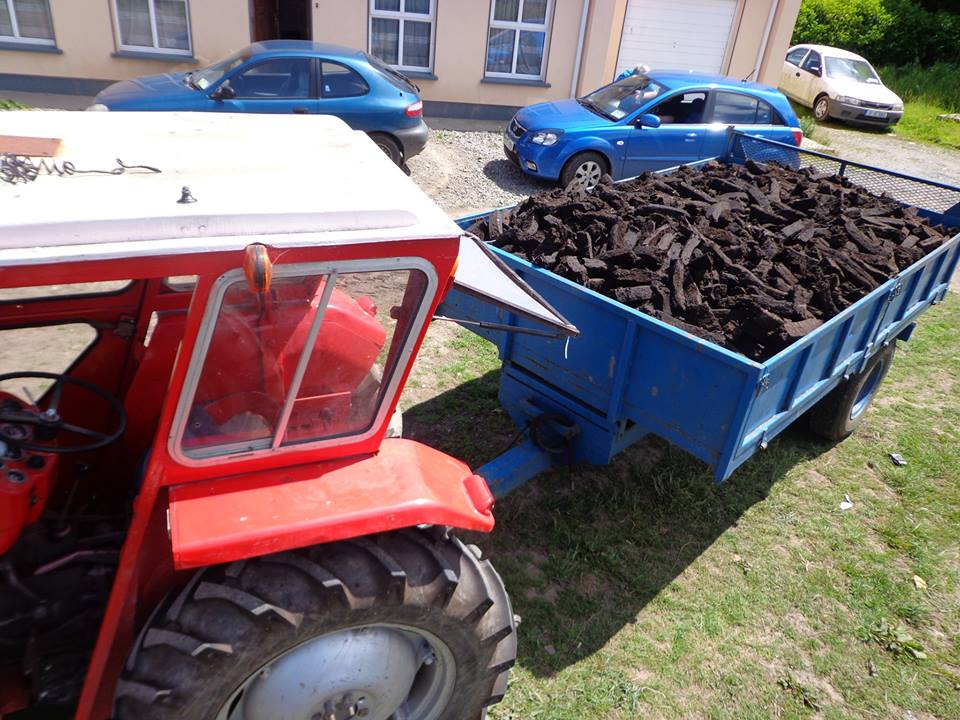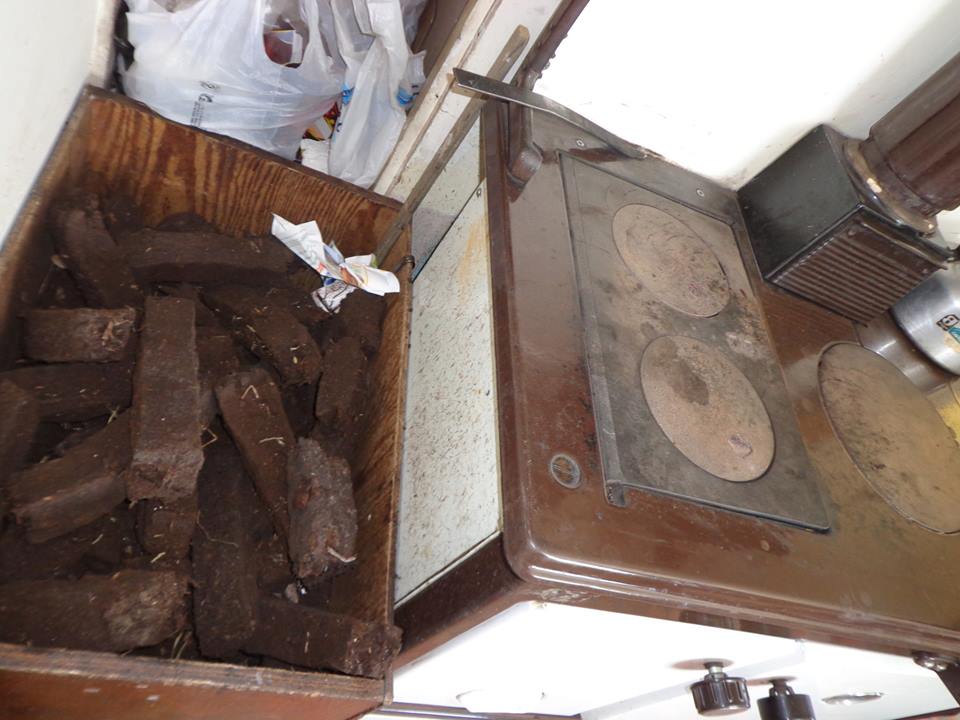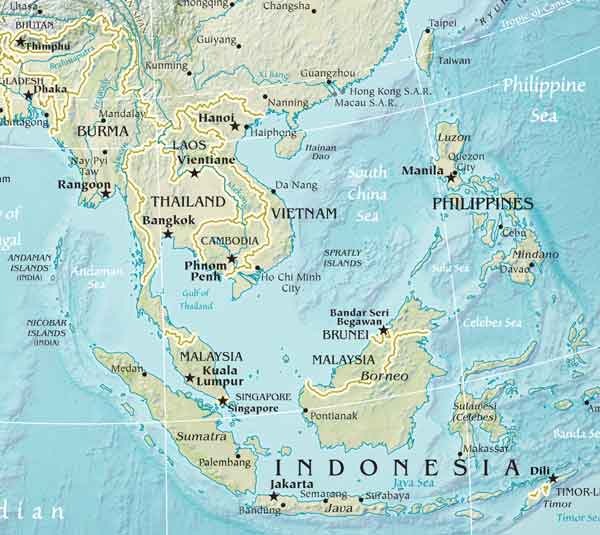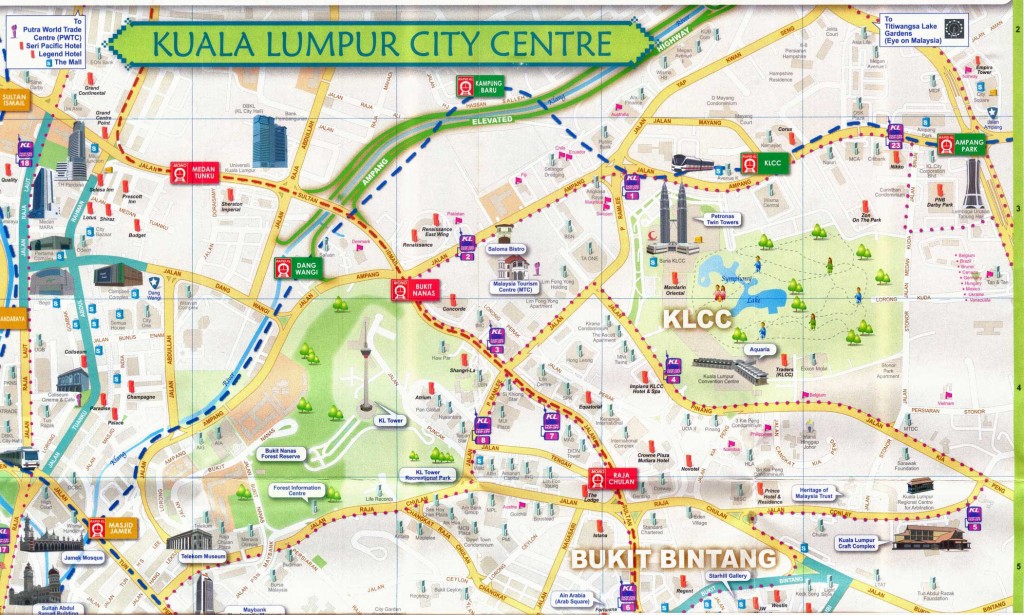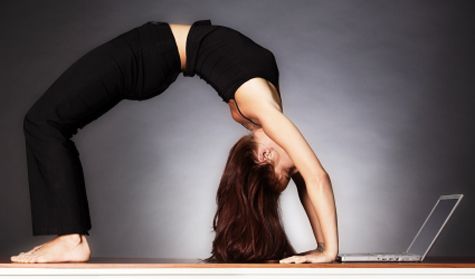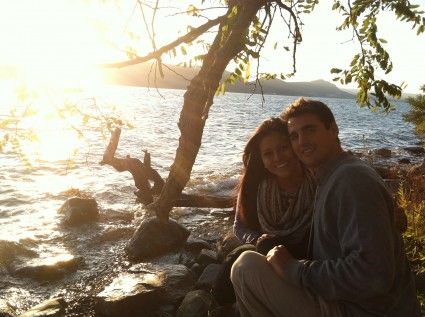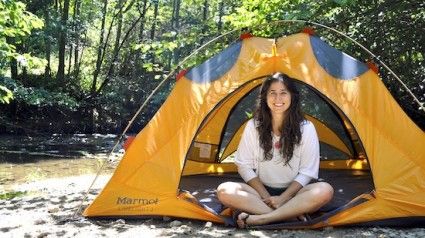Backpacking the Wicklow Mountains Near Dublin, Ireland
I recently had an awesome backpacking trip to Ireland and this post will discuss my experience in the Wicklow Mountains.
You always meet the most wonderful people when traveling the world. This trip was no exception. Here are some thoughts and tips that I’ve gathered through my experience backpacking and traveling in the Wicklow Mountains of Wicklow County in Ireland.
Ireland has a population of 4 million with nearly half (1.8 million) living in the metropolitan Dublin area. Just outside of this international metropolis, one can find the amazingly beautiful oasis known as The Wicklow Mountains.
In 45 minutes, we went from this:
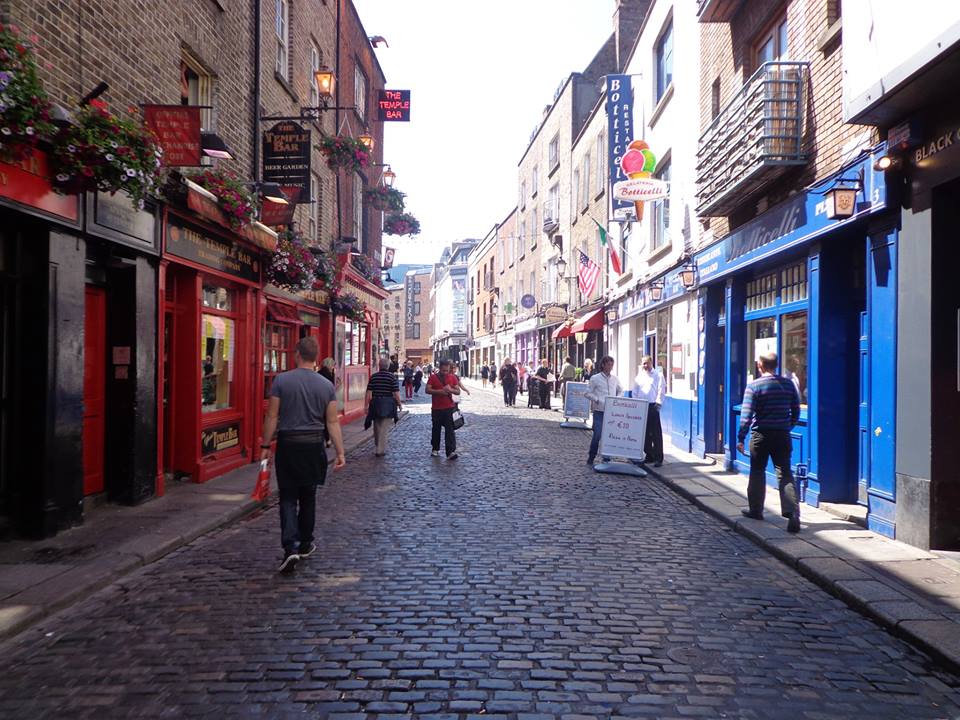
I arrived in Dublin after taking an overnight flight from NYC. I was traveling solo and got to The Times Hostel (near Trinity College) at 5:30am local time. I was working on one hour of sleep and a ton of adrenaline and excitement as it was my first time in Europe. I wasn’t able to check in yet but the receptionist was nice enough to let me store my backpack and have breakfast upstairs in the kitchen. Almost instantly, I met a couple of backpackers (Peter and Eddie) who looked like they were still up from the night before. These guys were vastly different from each other but they seemed as though they were best friends.
The kitchen at Times Hostel on College Street. At any point in time, one can meet people from 10+ countries and hear conversations going on in 10+ languages. Love that.
Peter and Eddie explained that they had gotten two hours of sleep but after I asked if they wanted to join me on a tour of the Wicklow Mountains, they were all for it. Like true backpackers, they shrugged off their fatigue and braced themselves for another memorable experience. The bus left at 7am and it was 65 degrees (F) and sunny — we were constantly reminded that this was not the norm. It was one of the nicest days of the year.
Eddie, we’ll be lifelong friends after traveling together for less than a week. What a terrific, unique person:
Here’s me taking in the fresh Irish air in the Wicklow Mountains:
Peter (below) was the first person I met in Ireland. His kindness set off a chain reaction introducing me to 15~20 other amazing people over that next week. Peter is an open+minded free spirit and we formed a strong connection over his future plans to explore SE Asia and meditation.
The bridge from PS I Love You
You can see the scene here:
Before finding yoga and meditation, life moved so quickly and on New Years each year I would say, “Where did that year go?!” That’s why I like to practice yoga and meditation during my travels. It roots me in the moment and increases my awareness and presence.
Now whenever I want to, I can easily manifest myself back to moments like the one below:
Photograph of Guinness Lake in the Wicklow Mountains of Glendalough County, Ireland. After speaking with locals, I gathered that the Guinness Family is one of the most successful and respected families in all of Ireland.
Doesn’t the sand look like foam on top of a dark pint of Guinness?
Sunny and 75 Fahrenheit, a rarity in Ireland 🙂
Here’s me preparing for headstand (Sirsasana). This was unique because if I had fallen two feet to the right, I would have probably died.
Eddie getting in on the fun:
Here’s me climbing up a field in the Wicklow Mountains. For each stop the bus made, the driver allotted a certain amount of time for us to explore. The tourists usually stayed on the bus or texted on their phones but the backpackers, Peter, Eddie and I pushed it to the limit every time:
As they say, the river runs through it:
Peter and Eddie taking a lunch break. The restaurant is run out of the owner’s home. There is a bathtub in the bathroom that customers use. New meaning to the term “family restaurant.” 😉
After hiking all day, it felt amasing to take a break by walking in the cold lake on smooth massaging stones:
This prompted Peter to ask me about meditation and how he can get started. Here’s me taking in another unforgettable moment in the Wicklow Mountains. God’s Grace was surely shining on this day.
A celtic cross high on top of a hill:
Me hugging an extremely old (10th century) cross:
Peter, Eddie, and our tour guide. Don’t remember his name but he’s a great guy. Called us “The three crazy lads.”
A waterfall that Peter scaled in about 6 seconds flat:
Me impersonating the infamous aerial Rio shot:
Eddie took this shot of me as we stopped for a break of tea and biscuits:
The beautiful Wicklow Mountains in Glendalough County. Glen means valley in English. Glendalough translates to: the Valley with two lakes. Here’s a shot in black and white with the beautiful shrub called Hedder depicted in yellow:
In our travels in the Wicklow Mountains, we came across an enormous amount of what the Irish call, “turf.” The land here in the Wicklow area is raw and not good for farming. But there’s turf. And a lot of it. The turf is 100% natural and comes from the ground like this:
The turf is one of Ireland’s biggest exports — it’s shipped mostly to other Western European countries. The harvesters stack it like bricks of hay:
The turf is used it as fertilizer and compost. *Note: The compacted version of this turf gives off tremendous heat when burned and it’s used as an incense (interesting fact for our yoga readers.)
The turf is also used for heating homes:
Me practicing wheel pose overlooking a valley. There’s no doubt that the experience was more lucid after a wee backbend 😉
Backpacker Conversations in the Wicklow Mountains
One of my favorite parts about traveling is conversations that matter. I’m passionate about discussing important issues with people who come from different countries, cultures, and perspectives. On this day, the conversation in the Wicklows was centered around language.
I’m learning Mandarin and Spanish. Eddie is fluent in French, English and Spanish. Peter speaks Italian and English and our tour guide spoke English and Gaelic. We taught each other a few words and phrases and then changed the tune of our conversation to the importance of language in term’s of a country’s history, culture, and future.
Only 15% of Ireland speaks Gaelic although there’s been a recent push to revive the language in the interest of strengthening the culture. In Jim Rogers’ book Adventure Capitalist, he criticizes the Irish for teaching Gaelic, calling it a waste of time and referring to it as a “dead language.” I disagree with Rogers.
It’s true that as a result of globalization, English, Spanish, and Mandarin are encroaching upon other languages effectively “killing” other languages.
But I feel that a country’s language is so crucial to the nation’s identity. It is the DNA of a culture. Learning Gaelic helps:
- Promote the history of Ireland
- Increase awareness of native identity, giving students a foundation to know their roots
- Encourages people to be more artistic and creative (write books, make music, create art in Gaelic)
It’s no surprise that countries that deeply care about their culture (such as Israel) emphasize the importance of learning the native language.
The French are similar. L’exception culturelle (Cultural Exception) is a policy that was introduced in France in 1993 to promote French language and culture. This is one of the reasons that the French resist speaking English (I’ve noticed this while making friends with the French while traveling Asia) unless they absolutely have to. Can you imagine France and French culture without the French language?
I believe that out of gratitude, you owe somewhat of an allegiance to wherever you’re living and working. Out of respect, we can learn about the country’s history, speak the language, and enhance the culture.
On Friendship
It’s six months later and Eddie, Peter and I are still connected. Both Eddie and Peter read Lucid Practice and we share ideas and thoughts on traveling, yoga, meditation, and life. It’s incredible how you can meet someone and spend just a few short days together but form such a strong lifelong connection. Then, there are other people who maybe you’ve known for years but have never been able to connect with on a similar level. Interesting.
I think back to our travels and what resonates the most is the people we’ve met and the connections we’ve made. Whether it’s been China, Southeast Asia, Europe, or wherever, meeting and connecting with locals and other travelers has been so impactful.
I remember reading a quote in Backpacker Magazine that sums it up perfectly:
“Some of the best times traveling are when it doesn’t go to plan and you end up in a random place having a random conversation that leaves a real impact on you.”
Conclusions on Traveling the Wicklow Mountains
I strongly suggest venturing outside of Dublin and visiting this incredible area. The countryside offers a refreshing contrast to the bustling city.
The air is crisp, the rolling hills and mountains are breathtaking, and the people are friendly, knowledgable and engaging. I recommend renting a car or traveling with a tour bus but make sure it’s an all day tour — otherwise you might feel rushed and it will be difficult to be present. And mix in a few asanas (yoga postures) and seated meditation sessions along the way. 😉
Another option is hiking. There are close to 100 marked trails, many of them along streams, up rivers, and alongside beautiful natural shrubbery. I’ll leave you with a quote that sums up how I feel about our experience in the Wicklow Mountains:
“My father considered a walk among the mountains as the equivalent of churchgoing.” ~Aldous Huxley
Has anyone had a similar experience in the Wicklow Mountains or in any location?


